An ancient Ayurvedic term called, Adhyashana which means, “to eat after eating” is the root cause of all bad health. Ayurveda, the science of life, is a comprehensive medical system that has been the traditional system of healthcare in India for more than 5000 years. This medical system was well established around 2500 to 600 BC, it was compiled by Charak in Charak Samhita and Sushruta in Sushruta Samhita around 800BC and describes the work of ancient medical practitioners such as Acharya Atreya and Acharya Agnivesh.
The word Adhyashana is made of two words—Adhi and Ashana. The collective meaning of both the terms is to eat after eating. The definition of the word Adhyashana is given by various classics of Ayurveda, which in a nut shell means eating before the digestion of previous food.[1] Charaka while defining Adhyashana uses the word “Poorvaanna sheshe…,” which indicates the presence of undigested food stuff in the digestive tract.[2]
According to the principles of Ayurveda, one should take food only after the complete digestion of previous food.[3] Adhyashana therefore is described as a wrong habit of eating and also mentioned as the causative factor of many diseases. It is said that Adhyashana can cause severe and incurable diseases or even death. These diseases are called Doshas. Dosha (Sanskrit: दोषः, IAST: doṣa) is a central term in Ayurveda originating from Sanskrit, which can be translated as “that which can cause problems” (literally meaning “fault” or “defect”)[5] In Charaka Samhita adhyashana is mentioned as the prime causative factor of Grahanidosha,[6] (lethargy) Pittaja Gulma (C.S.Ni. 3/4) (Tumors or Cancer), Aamavisha (C.S.Vi. 2/12) (High Sugars and Urea), Kushtha (C.S.Chi. 7/6) (Skin Diseases), Udararoga (C.S.Chi. 13/26) (Obesity and Weight Gain), and other diseases. Sushruta while describing aggravating factors of Doshas, mentioned Adhyashana as one of important factor among them.[7] He described some more diseases, such as Atisara (Su.S. Ut. 40/3)(Acute diarrhea), Shoola (Su.S.Ut.42/78) (pain) , Krimiroga (Su.S. Ut 54/3) (infection), and so on, all caused by Adhyashana.
It is because of this ancient medical theory of Adhyashana that there exists a long tradition of fasting in India and from which all major religions of the world have adopted fasting as a core ritual, not the other way around as most would believe. Moreover, one can see how ancient Indian physicians were on the right track when it comes to diseases caused by too many frequent meals (Adyashana). Common diseases processes such as Diabetes, inflammation, malabsorption syndromes, weight gain, pain syndromes, mood disorders and even cancer all fall into problems created under Metabolic Syndrome. Lastly, could it just be a coincidence that modern day Indians are now disproportionately affected by Metabolic Syndrome, or could there be a hereditary link, one which Ancient Indian Physicians had long ago postulated but only now is proven with modern medicine?
References
1. Acharya Vaidya Jadavaji Trikamji., editor. Ayurveda Dipika Commentary of Cakrapanidatta. 236. Vol. 15. Varanasi, India: Chaukhamba Surbharati Prakashana; 2008. Agnivesha. Charaka Samhita- Chi. Charaka Samhita- Chi 15/236 Ayurveda Dipika Commentary of Cakrapanidatta Edited by Vaidya Jadavaji Trikamji Acharya Re-printed Varanasi, India: Chaukhamba Surbharati Prakashana; 2008 Sushruta – Sushruta Samhita-Su 46/509 Nibandhasangraha Commentary of Shri Dalhanacarya Edited by Jadavaji Trikamji Acarya 7 th ed Varanasi: Chaukhamba Orientalia; 2002, Vagbhatta – Ashtang Hridaya-Su8/35 Sarvangasundara of Arundatta and Ayurveda rasayana of Hemadri Edited by Pandit Hari Sadasiva Sastri Paradakara Bhisagacarya 9 th ed Varanasi: Chaukhamba Orientalia; 2002 and Kashyapa, Vriddhajivakiya Tantra-Khila Sthana 5/59 Su27/17 Kashyapa Samhita with Hindi translation by Shri Satyapla Bhishagacharya6 Khila Sthana 5/59 Su 27/17 Kashyapa Samhita with Hindi translation by Shri Satyapla Bhishagacharya 6 th ed Varanasi, India: Chaukhambha Sanskrit Sansthan; 1998. [Google Scholar]
2. Acharya Vaidya Jadavaji Trikamji., editor. Ayurveda Dipika Commentary of Cakrapanidatta. Re-print ed. 236. Vol. 15. Varanasi, India: Chaukhamba Surbharati Prakashana; 2008. Agnivesha. Charaka Samhita-Chi. [Google Scholar]
3. Bhisagacarya Pandit Hari Sadasiva Sastri Paradakara., editor. 9th ed. 35. Vol. 8. Varanasi: Chaukhamba Orientalia; 2002. Hemadri. Aayurved Rasaayan commentary on Ashtang Hridaya-Su. [Google Scholar]
4. Acharya Vaidya Jadavaji Trikamji., editor. Ayurveda Dipika Commentary of Cakrapanidatta. Re-print ed. 24. Vol. 1. Varanasi, India: Chaukhamba Surbharati Prakashana; 2008. Agnivesha. Charaka Samhita-Vi. [Google Scholar]
5. Acharya Vaidya Jadavaji Trikamji., editor. Ayurveda Dipika Commentary of Cakrapanidatta. Re-print ed. 237. Vol. 15. Varanasi, India: Chaukhamba Surbharati Prakashana; 2008. Agnivesha. Charaka Samhita-Chi. [Google Scholar]
6. Acharya Vaidya Jadavaji Trikamji., editor. Ayurveda Dipika Commentary of Cakrapanidatta. Re-print ed. 40. Vol. 25. Varanasi, India: Chaukhamba Surbharati Prakashana; 2008. Agnivesha. Charaka Samhita-Su. [Google Scholar]7. Acarya Jadavaji Trikamji., editor. Nibandhasangraha Commentary of Shri Dalhanacarya. 7th ed. Varanasi: Chaukhamba Orientalia; 2002. Sushruta. Sushruta Samhita. Su.22/19,23,24. [Google Scholar]

